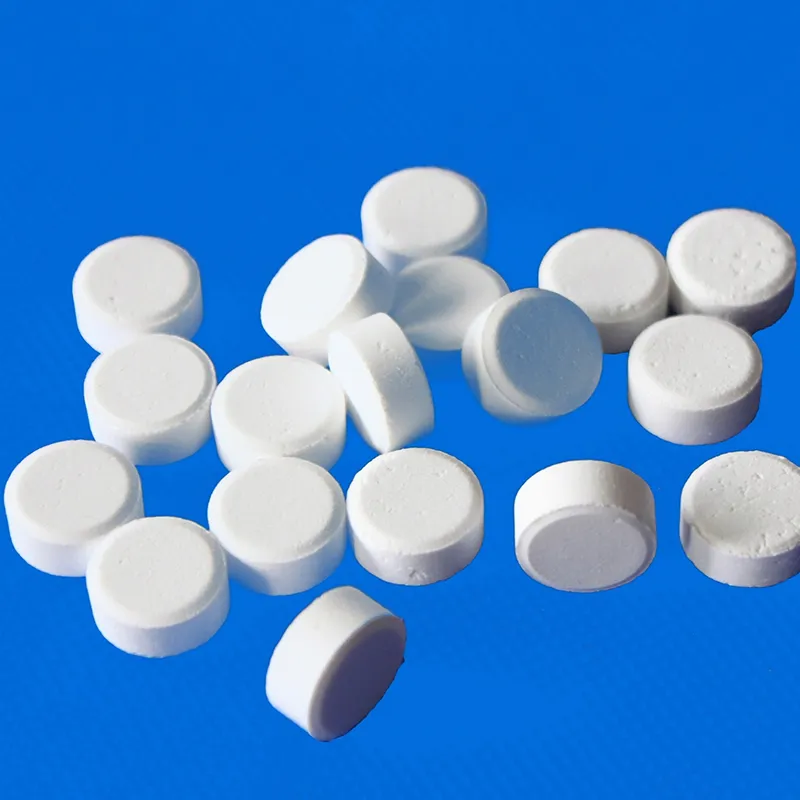
monosodium glutamate natural sources
Monosodium Glutamate Natural Sources and Understanding Its Presence in Foods
Monosodium glutamate (MSG) is a flavor enhancer that has been the subject of both admiration and controversy since its introduction to modern cuisine. Widely recognized for its ability to amplify umami—often described as the fifth primary taste, alongside sweet, sour, bitter, and salty—MSG contributes to the remarkable taste profiles of many dishes around the world. While synthetic MSG is prevalent in processed foods, it is crucial to explore the natural sources of glutamate that contribute to its presence in our diet.
What is Monosodium Glutamate?
MSG is the sodium salt of glutamic acid, an amino acid that plays a significant role in cellular metabolism and is naturally present in many foods. Glutamate serves as an excitatory neurotransmitter in the brain, influencing numerous neural functions. However, it is its flavor-enhancing properties that have garnered the most attention. Due to its ability to enhance and elevate the savory taste of food, MSG has found a niche in culinary practices globally, particularly in Asian cuisines.
Natural Sources of Glutamate
1. Fermented Foods Fermentation is one of the most common methods of enhancing glutamate levels in food. Products such as soy sauce, miso, and fermented fish sauce are rich in glutamates. The fermentation process breaks down proteins into amino acids, which includes the generation of glutamate. These products not only contribute to the umami flavor but also provide beneficial probiotics.
2. Cheese Certain types of cheese, especially aged varieties like Parmesan and Roquefort, contain high levels of natural glutamates. During the aging process, proteins in cheese break down into amino acids, including glutamic acid, which enhances the cheese's savory profile. Thus, cheese can effectively serve as a natural source of MSG in culinary applications.
monosodium glutamate natural sources

3. Tomatoes Tomatoes, particularly ripe or sun-dried varieties, are known for their high glutamate content. The process of ripening increases the concentration of various amino acids, enhancing the overall flavor profile. Therefore, whether consumed fresh in salads or cooked in sauces, tomatoes can significantly contribute to the umami taste of dishes.
4. Mushrooms Certain mushrooms, such as shiitake and porcini, are rich in natural glutamates. These fungi not only add an earthy flavor to dishes but also elevate umami, making them a popular choice in various culinary traditions. The concentration of glutamate in mushrooms can make them a natural alternative to synthetic MSG.
5. Meat and Seafood Animal-based foods, including beef, chicken, and seafood like scallops and shrimp, contain varying levels of natural glutamate. The amino acids in these proteins break down during cooking, thereby releasing glutamate. This is particularly noticeable when meat is slow-cooked, as the prolonged exposure to heat enhances the release of amino acids, including glutamate.
6. Seaweed Seaweed, particularly kombu (a type of edible kelp), is renowned for its high glutamate content. It is commonly used in Japanese cuisine to create dashi, a fundamental broth that serves as the base for numerous dishes. The glutamic acid present in kombu is considered to be one of the key components that provide depth and richness to the flavor of soups and stews.
Conclusion
Monosodium glutamate is not merely a synthetic additive but can be found naturally in various foods that we consume regularly. Recognizing the natural sources of glutamate helps us understand its role in enhancing flavors without the stigma that often surrounds MSG. As we continue to appreciate global culinary traditions, it is essential to embrace both natural and synthetic sources of glutamate responsibly. Incorporating these natural sources into our diets can not only enhance our meals but also connect us with time-honored food practices that have celebrated the complexities of taste for centuries. In a culinary landscape that values authenticity and flavor, understanding the origins of MSG can enrich our appreciation for food and cooking.
-
nitrile-rubber-honoring-strict-production-standardsNewsAug.22,2025
-
aspartame-ingredients-honoring-food-safety-valuesNewsAug.22,2025
-
fertilizer-for-balanced-plant-nutritionNewsAug.22,2025
-
cyanide-gold-processing-with-high-purity-additivesNewsAug.22,2025
-
formic-acid-in-textile-dyeing-applicationsNewsAug.22,2025
-
aluminum-hydroxide-gel-in-skincare-productsNewsAug.22,2025
-
Regulatory Compliance for Global Mining Chemicals UseNewsAug.12,2025
Hebei Tenger Chemical Technology Co., Ltd. focuses on the chemical industry and is committed to the export service of chemical raw materials.
-

view more DiethanolisopropanolamineIn the ever-growing field of chemical solutions, diethanolisopropanolamine (DEIPA) stands out as a versatile and important compound. Due to its unique chemical structure and properties, DEIPA is of interest to various industries including construction, personal care, and agriculture. -

view more TriisopropanolamineTriisopropanolamine (TIPA) alkanol amine substance, is a kind of alcohol amine compound with amino and alcohol hydroxyl, and because of its molecules contains both amino and hydroxyl. -

view more Tetramethyl Thiuram DisulfideTetramethyl thiuram disulfide, also known as TMTD, is a white to light-yellow powder with a distinct sulfur-like odor. It is soluble in organic solvents such as benzene, acetone, and ethyl acetate, making it highly versatile for use in different formulations. TMTD is known for its excellent vulcanization acceleration properties, which makes it a key ingredient in the production of rubber products. Additionally, it acts as an effective fungicide and bactericide, making it valuable in agricultural applications. Its high purity and stability ensure consistent performance, making it a preferred choice for manufacturers across various industries.





